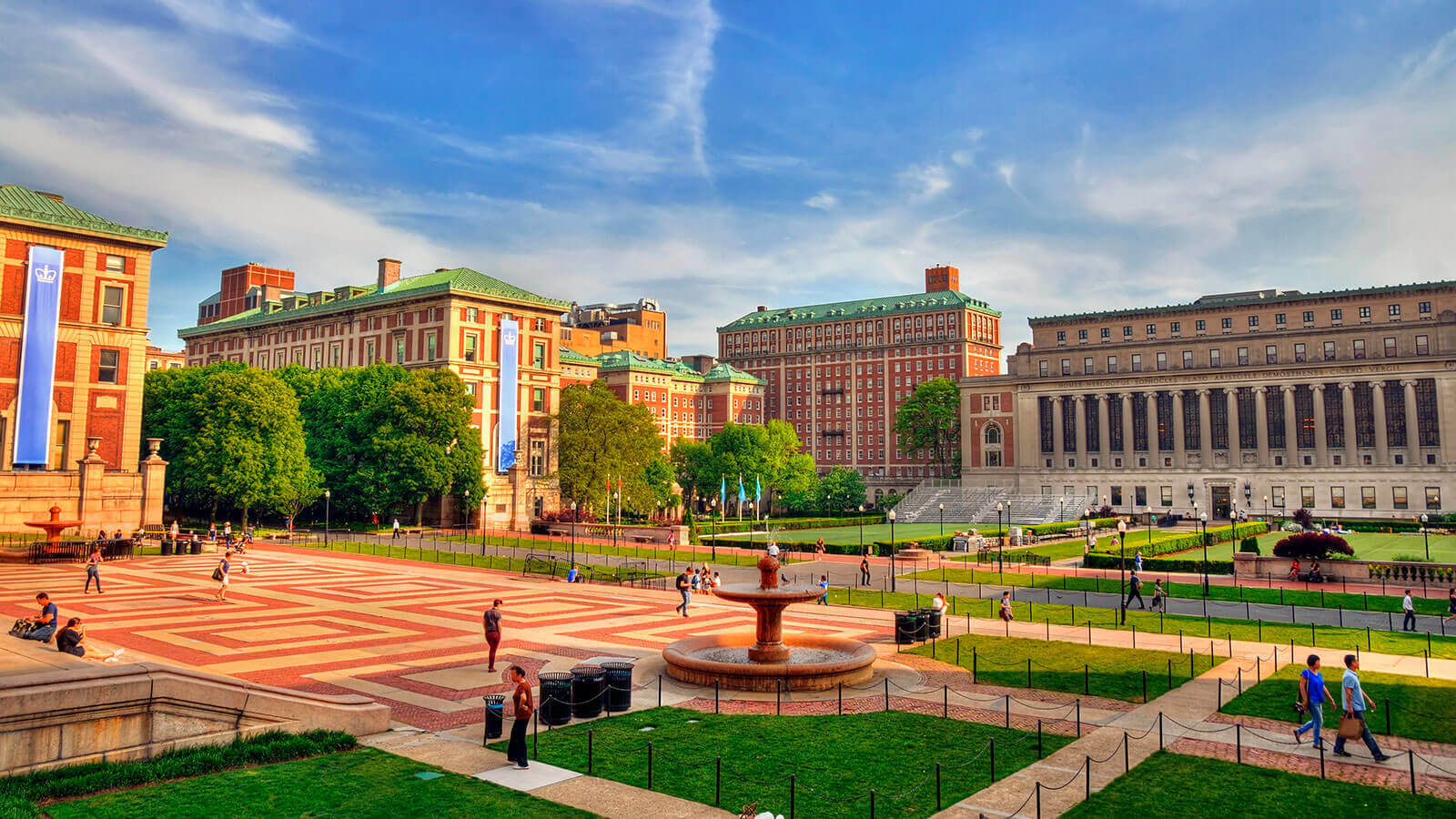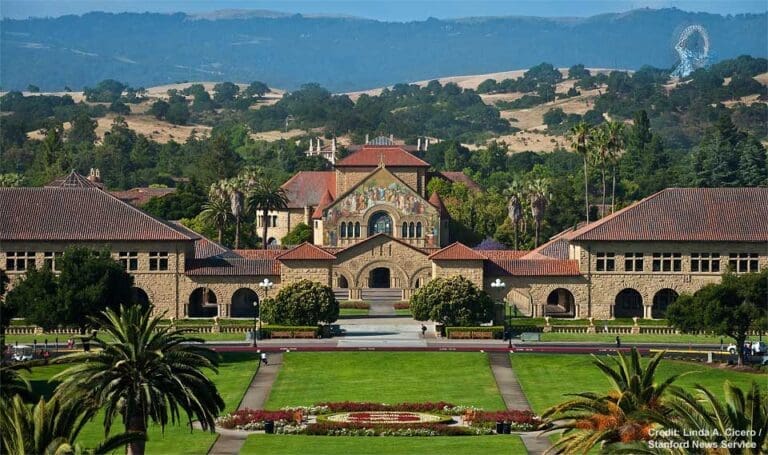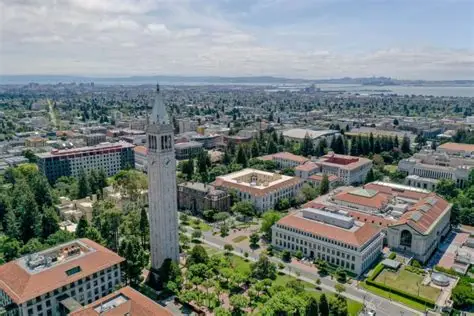 Insights into Columbia’s Admission Statistics for the Class of 2028
Insights into Columbia’s Admission Statistics for the Class of 2028
Columbia has offered 2,319 students admission to the class of 2028 from a pool of 60,248 applicants for both Early and Regular decision; the highest in the history of Columbia, according to their website. However, the acceptance rate is a low 3.9 %. Columbia released their Early Decision results in mid-December and admitted 721 students. This class was the first in the “post-affirmative action landscape.” The class of 2028 hails from 108 countries and all 50 states as well as the District of Columbia, Guam, Puerto Rico, the Mariana Islands, and the U.S. Virgin Islands. (Source: Columbia Spectator).
The outcome of the application process for the Columbia Class of 2028
Table 1
|
Admission Cycle |
Applications | Accepted Students | Acceptance Rate |
| Regular Decision | 54,239 |
1,598 |
2.90% |
|
Early Decision |
6,009 | 721 |
11.90% |
| Overall | 60,248 | 2,246 |
3.80% |
There is a glaring difference between the acceptance rate of ED vis-a-vis RD. (Refer to Tables 2 and 3.) Due to its binding nature, by admitting students to ED, the college can ensure to secure a portion of its incoming class early in the admissions cycle. Though ED has been under constant criticism for being potentially advantageous to the financially privileged, it remains a strategically viable route for academically motivated students. For the college too, it impacts their yield rate. (the percentage of students who decide to enroll.)
Table 2
|
Class of |
ED Applications | ED Accepted | ED Acceptance Rate |
| 2028 | 6,009 | 721 |
11.90% |
|
2027 |
5,738 | ~650 |
11.30% |
|
2026 |
6,305 |
~650 |
10.30% |
|
2025 |
6,435 | ~650 |
10.10% |
Note: Columbia does not publicize the exact number of students admitted through ED. Hence the figures are based on the estimation.
Read More: A comprehensive analysis of Brown’s class of 2028
There is a bit of fluctuation in the acceptance rate in the Regular Decision cycle (Table 3) which hovers around 2.90% and 3.11% across the four years. The marginal variation does not impact the overall acceptance rate which remains relatively low and consistent, indicating a highly selective admissions process. The limited number of seats offered each year is fuelling a discrepancy in acceptance rates. It is unlikely that this trend will change anytime soon.
Table 3
|
Class of |
RD Applications | RD Accepted | RD Acceptance Rate |
| 2028 | 54,239 | 1,598 |
2.95% |
|
2027 |
51,391 | 1,596 |
3.11% |
|
2026 |
54,072 | 1,603 |
2.96% |
|
2025 |
54,116 | 1,568 |
2.90% |
Test-Optional Policy: Impact on Application Numbers and Competitiveness
At a time when most Ivy Central’s are reinstating Standardized Tests, Columbia on the other hand announced in March 2023 that they will remain permanently test optional. This will remain a deciding factor for the application numbers to increase in the coming years. The applicant pool is becoming highly competitive where students excel in various domains. There is a heightened level of preparation by students to get a coveted spot in the university.
This brings us to the question, should one not apply to Columbia? You must not let the low acceptance rate discourage you in any way. Planning and strategizing are the keys to a successful application. Start by researching about the college’s academic programs and extracurriculars they offer, and see if they align with your interest. Since the college has a holistic approach to admitting students, work toward creating a great profile. Involve yourself in meaningful activities and consider applying early, if Columbia is your first choice.








